Christoph Sendner
GNN-Based Code Annotation Logic for Establishing Security Boundaries in C Code
Nov 19, 2024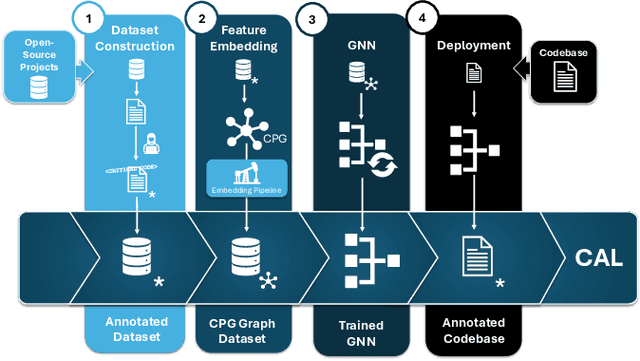



Abstract:Securing sensitive operations in today's interconnected software landscape is crucial yet challenging. Modern platforms rely on Trusted Execution Environments (TEEs), such as Intel SGX and ARM TrustZone, to isolate security sensitive code from the main system, reducing the Trusted Computing Base (TCB) and providing stronger assurances. However, identifying which code should reside in TEEs is complex and requires specialized expertise, which is not supported by current automated tools. Existing solutions often migrate entire applications to TEEs, leading to suboptimal use and an increased TCB. To address this gap, we propose Code Annotation Logic (CAL), a pioneering tool that automatically identifies security sensitive components for TEE isolation. CAL analyzes codebases, leveraging a graph-based approach with novel feature construction and employing a custom graph neural network model to accurately determine which parts of the code should be isolated. CAL effectively optimizes TCB, reducing the burden of manual analysis and enhancing overall security. Our contributions include the definition of security sensitive code, the construction and labeling of a comprehensive dataset of source files, a feature rich graph based data preparation pipeline, and the CAL model for TEE integration. Evaluation results demonstrate CAL's efficacy in identifying sensitive code with a recall of 86.05%, an F1 score of 81.56%, and an identification rate of 91.59% for security sensitive functions. By enabling efficient code isolation, CAL advances the secure development of applications using TEEs, offering a practical solution for developers to reduce attack vectors.
ESCORT: Ethereum Smart COntRacTs Vulnerability Detection using Deep Neural Network and Transfer Learning
Mar 23, 2021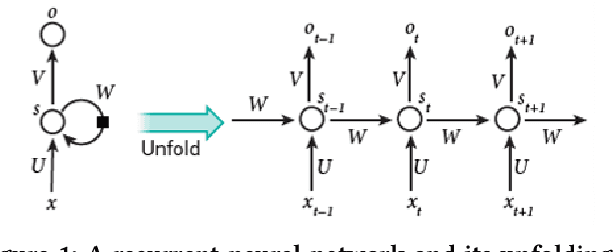
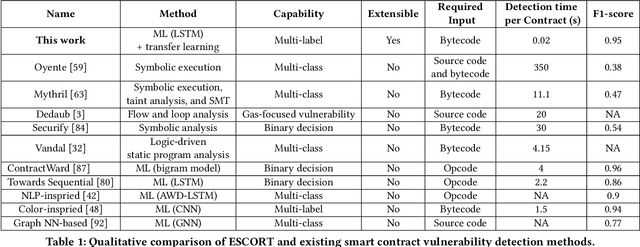
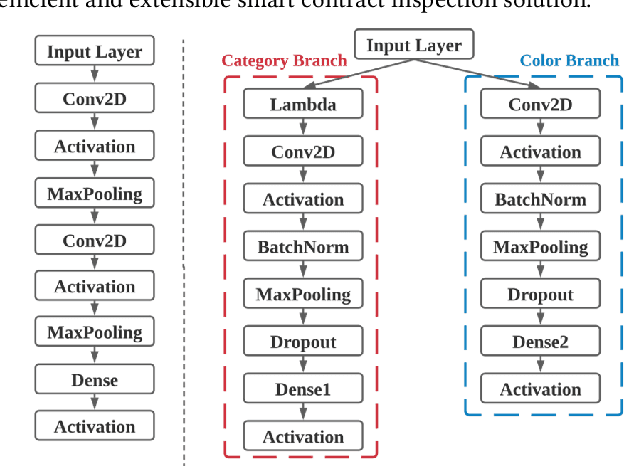
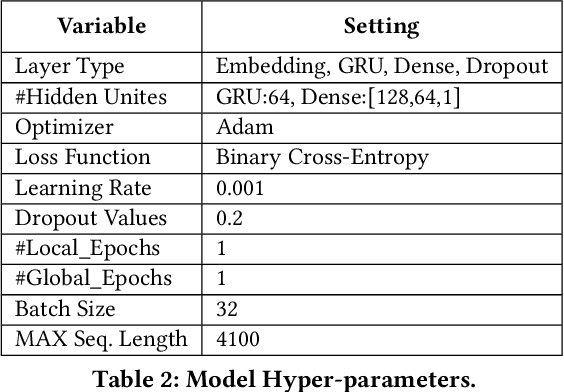
Abstract:Ethereum smart contracts are automated decentralized applications on the blockchain that describe the terms of the agreement between buyers and sellers, reducing the need for trusted intermediaries and arbitration. However, the deployment of smart contracts introduces new attack vectors into the cryptocurrency systems. In particular, programming flaws in smart contracts can be and have already been exploited to gain enormous financial profits. It is thus an emerging yet crucial issue to detect vulnerabilities of different classes in contracts in an efficient manner. Existing machine learning-based vulnerability detection methods are limited and only inspect whether the smart contract is vulnerable, or train individual classifiers for each specific vulnerability, or demonstrate multi-class vulnerability detection without extensibility consideration. To overcome the scalability and generalization limitations of existing works, we propose ESCORT, the first Deep Neural Network (DNN)-based vulnerability detection framework for Ethereum smart contracts that support lightweight transfer learning on unseen security vulnerabilities, thus is extensible and generalizable. ESCORT leverages a multi-output NN architecture that consists of two parts: (i) A common feature extractor that learns the semantics of the input contract; (ii) Multiple branch structures where each branch learns a specific vulnerability type based on features obtained from the feature extractor. Experimental results show that ESCORT achieves an average F1-score of 95% on six vulnerability types and the detection time is 0.02 seconds per contract. When extended to new vulnerability types, ESCORT yields an average F1-score of 93%. To the best of our knowledge, ESCORT is the first framework that enables transfer learning on new vulnerability types with minimal modification of the DNN model architecture and re-training overhead.
 Add to Chrome
Add to Chrome Add to Firefox
Add to Firefox Add to Edge
Add to Edge